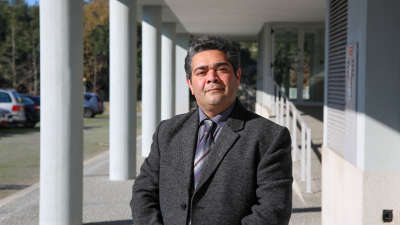Telecommunications and Multimedia
At CTM, our vision is to promote a lively and sustainable world where networked intelligence enables ubiquitous interaction with sensory-rich content. Our mission is to develop advanced systems and technologies to enable high capacity, efficient, and secure communications, media knowledge extraction, and immersive ubiquitous multimedia applications.
We work in 4 main areas of research: Optical and Electronic Technologies, Wireless Networks, Multimedia and Communications Technologies, and VCMI (Visual Computing and Machine Intelligence).

























































